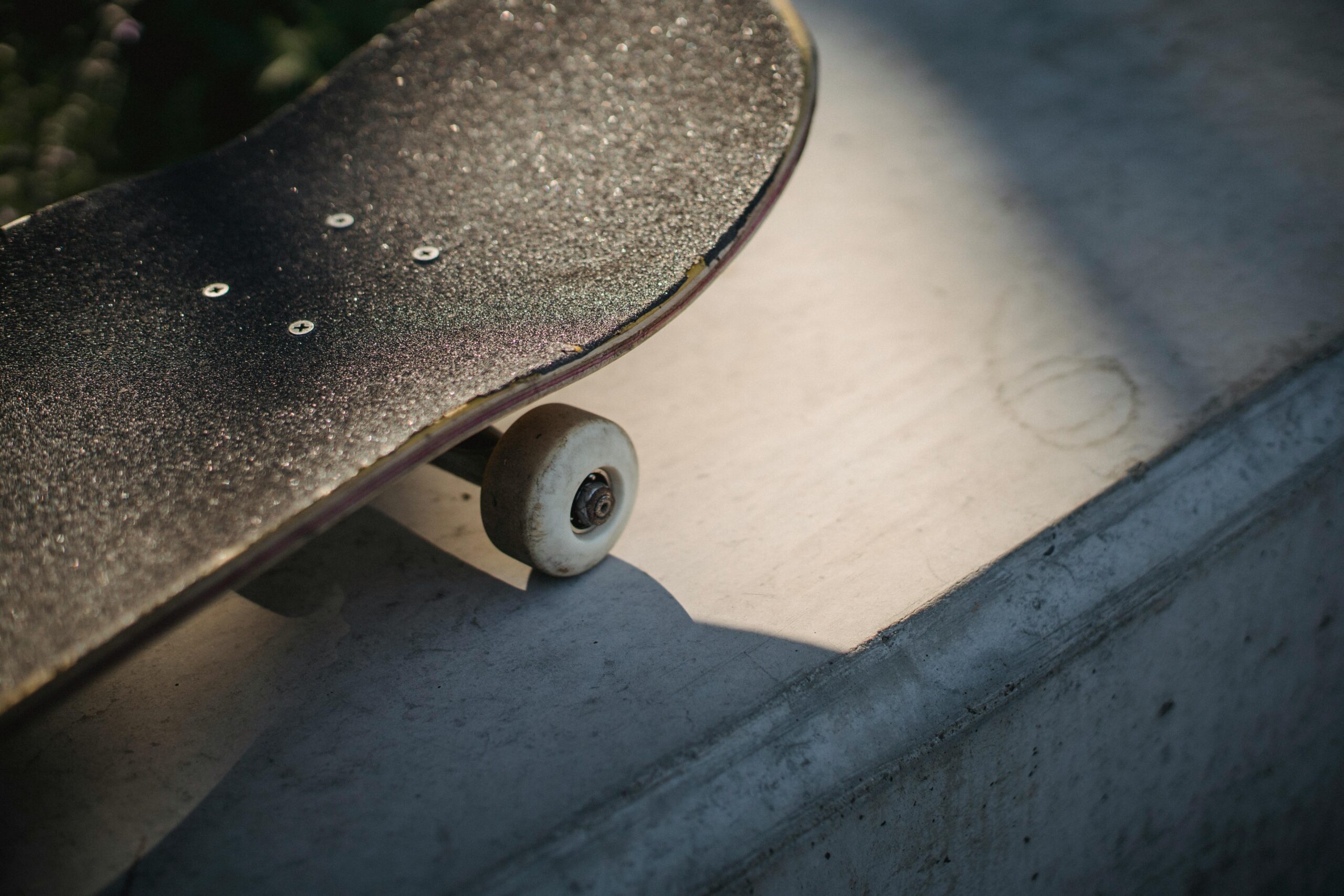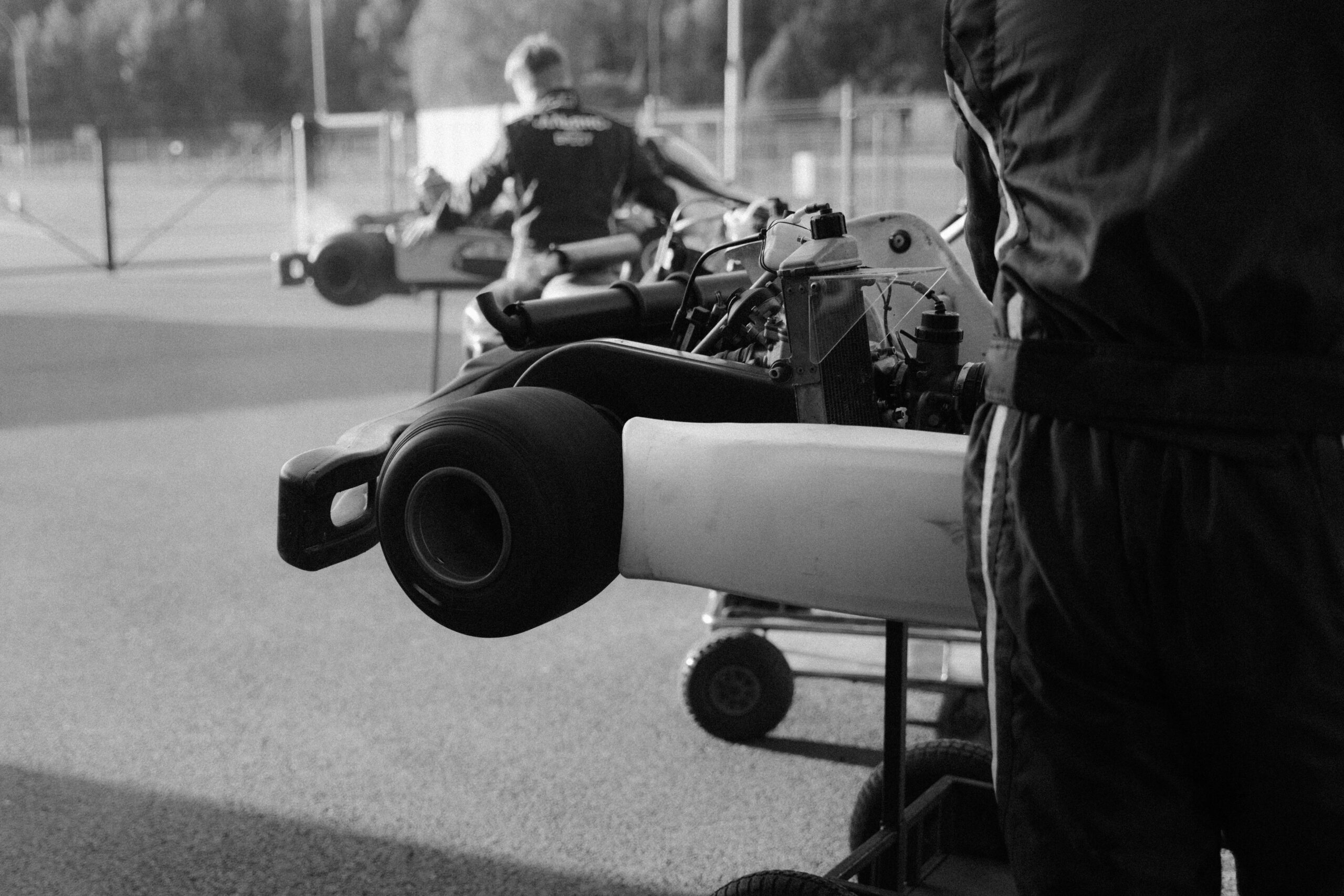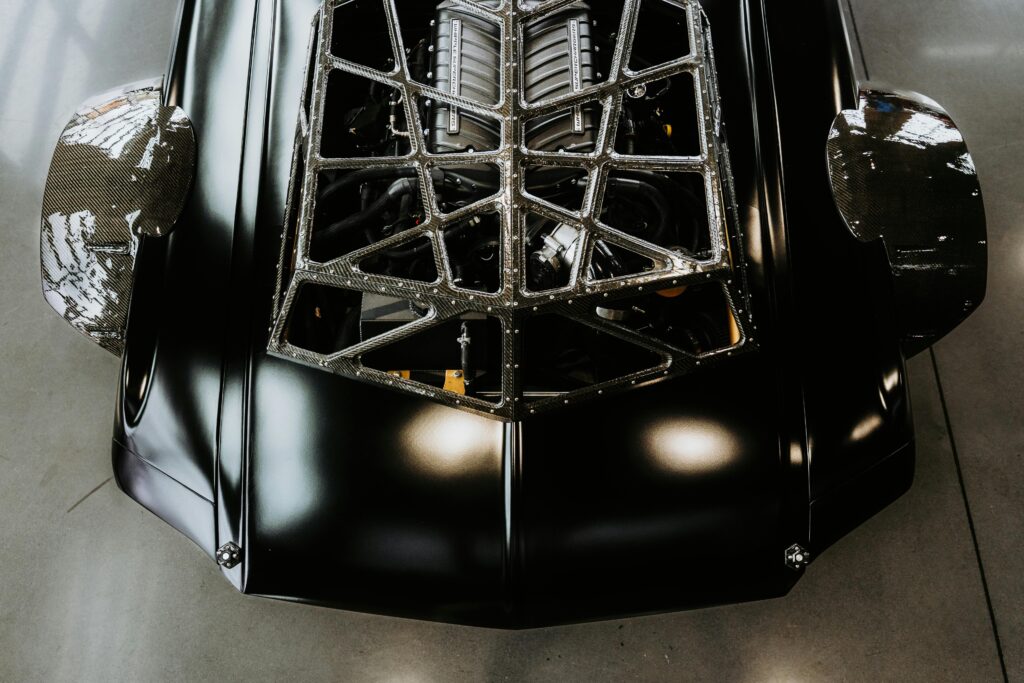Ever wondered why some MotoGP riders dominate while others struggle to keep their bikes on the track? Spoiler alert: it’s not *just* about skill. Let me tell you a story. Back in 2018, I watched a race where two top riders started neck-and-neck. By lap 5, one was leaving the other in the dust. What happened? Tire compound strategy—a game-changer most fans overlook.
In this post, we’ll break down how innovative tire compounds influence MotoGP races and what teams do to master them. Expect deep dives into the tech, actionable takeaways for enthusiasts, and even a rant or two about underappreciated strategies. Ready to geek out? Let’s roll!
Table of Contents
Key Takeaways
- Tire compound innovations play a pivotal role in MotoGP performance.
- Selecting the right compound requires balancing durability and grip.
- Weather conditions significantly impact tire choices during races.
Why Tire Compounds Matter
If you’ve ever felt frustrated watching your favorite rider crash due to tire failure, trust me—you’re not alone. Here’s the deal: tire compounds determine everything from traction to heat management. Imagine running on sandpaper versus ice. That’s essentially what happens when riders pick the wrong setup.

“Without proper tire compounds, even Valentino Rossi couldn’t save himself from sliding off the track,” said one former engineer candidly.
So, why does this matter so much today? Modern racing tracks are more demanding than ever before, pushing tires to their limits.
Mastering Tire Compound Selection
Choosing the perfect tire compound isn’t for amateurs—it’s part science, part artistry. Here’s how teams tackle this:
Step 1: Assess Track Conditions
A smooth circuit like Phillip Island demands softer compounds for maximum grip. Meanwhile, circuits with rough asphalt need harder tires to prevent wear. It’s all about adaptability.
Step 2: Monitor Weather Data
Rainstorms, humidity, temperature fluctuations—they all affect tire choice. Teams use advanced sensors to predict these variables hours ahead of time.
Step 3: Test During Practice Sessions
This is where mistakes happen (cue facepalm). Remember Yamaha’s infamous practice session fail in 2019? Their chosen compound overheated within minutes. Lesson learned.
Tips for Understanding Tire Tactics
Optimist You: “Tire compound knowledge will make you sound super smart at barbecues!”
Grumpy You: “Ugh, fine—but only if someone brings snacks.”
Here are practical tips:
- Learn the lingo: Soft, medium, hard—know your compounds inside out.
- Study past race data: Compare performances across different tracks.
- Keep an eye on pit stops: They often reveal last-minute tire changes.

Real-Life Examples from MotoGP Races
Take Marc Márquez’s legendary comeback at Misano in 2021 as Exhibit A. His team switched to softer rear tires mid-race after detecting unusual temperatures. Result? Victory against all odds.
On the flip side, Jorge Lorenzo’s disaster at Valencia reminds us that poor tire decisions can cost dearly—even champions aren’t immune.
FAQs About Tire Compound Innovations
What Are Tire Compounds?
Different rubber formulations designed to balance grip, longevity, and heat resistance.
Does Tire Choice Really Impact Performance?
Absolutely. Even fractions of a second gained through better grip add up over laps.
Can Fans Predict Team Strategies?
Sort of. Pay attention to weather reports and track layouts—it gives clues.
Conclusion
Tire compound innovations may seem nerdy, but they’re secretly ruling MotoGP races behind the scenes. From understanding track dynamics to decoding complex strategies, there’s always something new to learn. So next time someone dismisses you as “just a fan,” drop some knowledge bombs about those magical rubber rings spinning beneath every bike.
And hey, stay hungry for info because…
like pixels on a screen,
tires spin dreams unseen.
MotoGP whispers loud.


